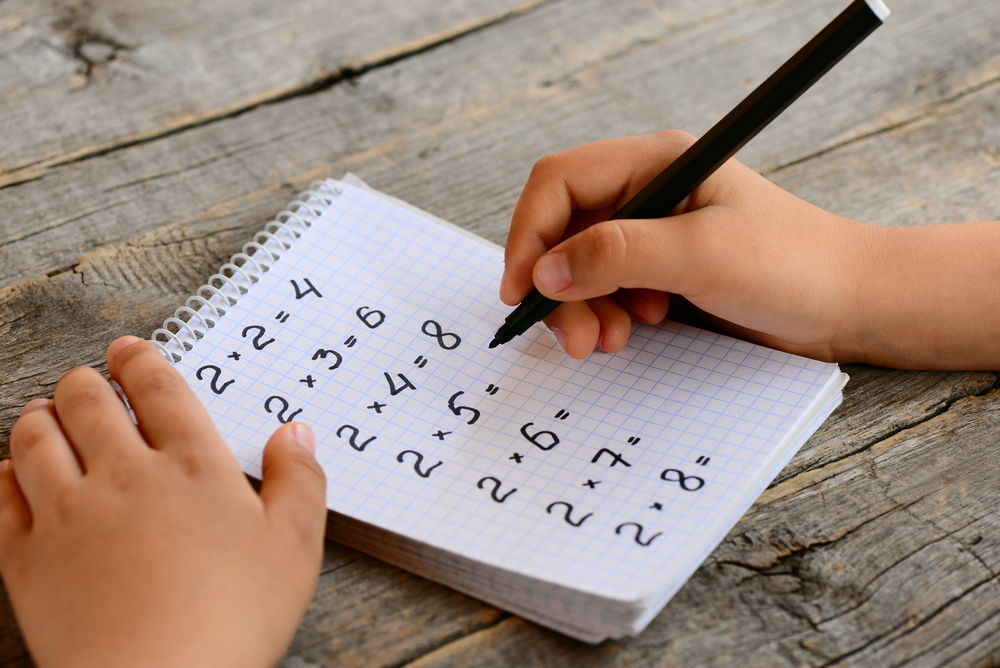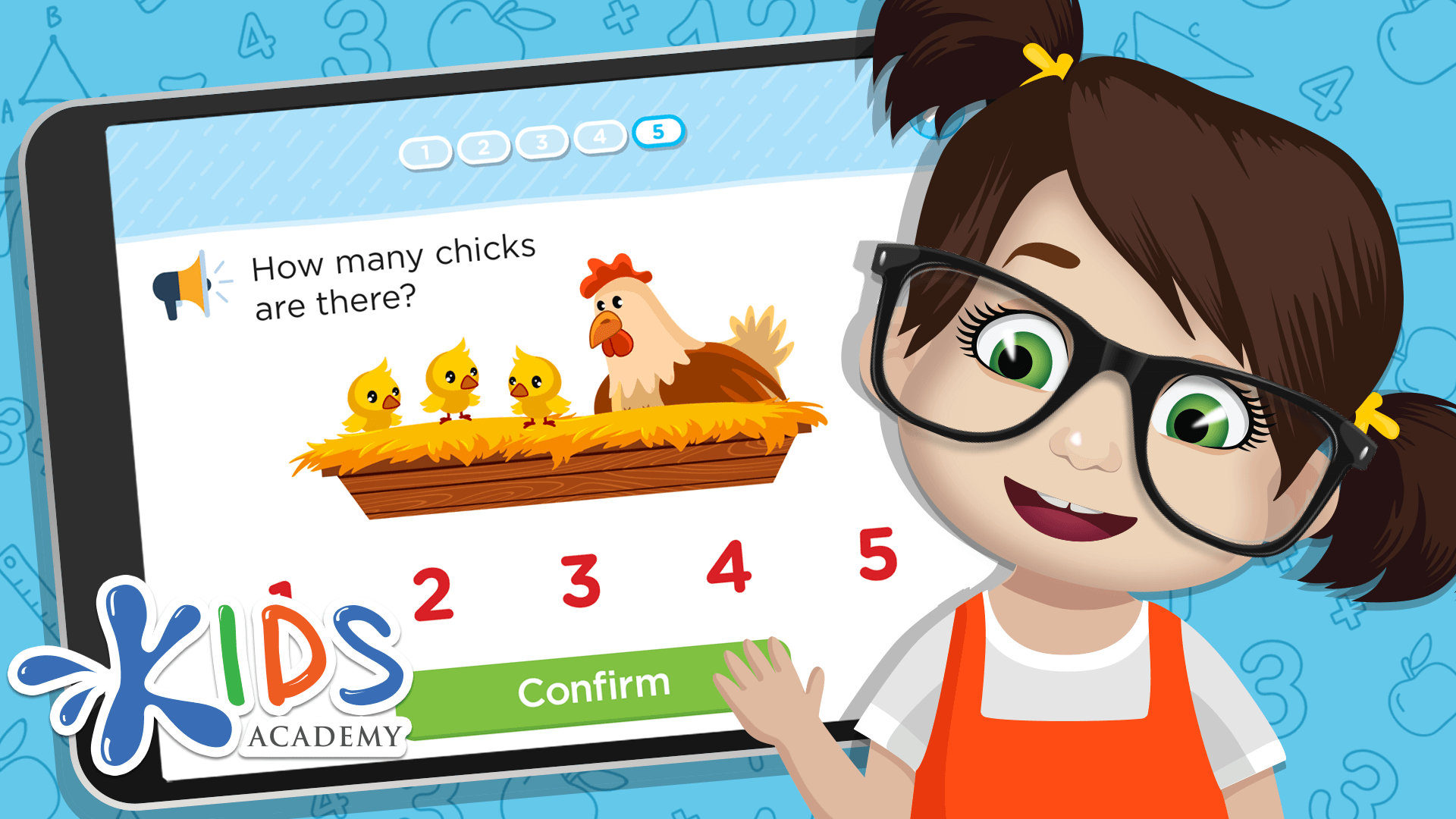Color matching Worksheets for Ages 6-8
3 filtered results
-
From - To
Discover our captivating Color Matching Worksheets designed for ages 6 to 8! These educational printables by Kids Academy help young learners develop essential skills, such as color recognition, pattern identification, and fine motor abilities. Engaging activities and vibrant illustrations make learning fun and interactive, promoting critical thinking and attention to detail. Whether for home or classroom use, our worksheets support a solid foundation in early education. Start your child's color matching adventure today and watch them grow into confident, creative thinkers! Visit Kids Academy's website to download and print these exciting resources.
Color matching activities are crucial for children aged 6-8 as they play a pivotal role in the development of various fundamental skills. Firstly, engaging in color matching helps refine visual perceptual skills, enabling children to recognize and differentiate between different colors and shades. This visual discrimination is essential not only in art and play but also in reading and other academic pursuits as it translates to better attention to detail, aiding in letter and number recognition.
Moreover, color matching enhances cognitive skills like sorting, categorizing, and memory. These activities require children to identify similarities and differences, fostering critical thinking and problem-solving abilities. Such skills are the bedrock of more complex mathematical and scientific reasoning.
Additionally, these activities support fine motor development. Picking up, sorting, and arranging colored objects strengthens hand-eye coordination and dexterity—skills vital for writing and other daily tasks.
Emotionally and socially, color matching can be a collaborative and engaging way to interact with peers and adults, promoting teamwork and communication. Furthermore, success in these simple yet rewarding tasks boosts self-esteem and encourages a positive attitude towards learning.
Thus, incorporating color matching into a child’s routine is enriching on multiple developmental fronts, making it an essential consideration for parents and teachers.
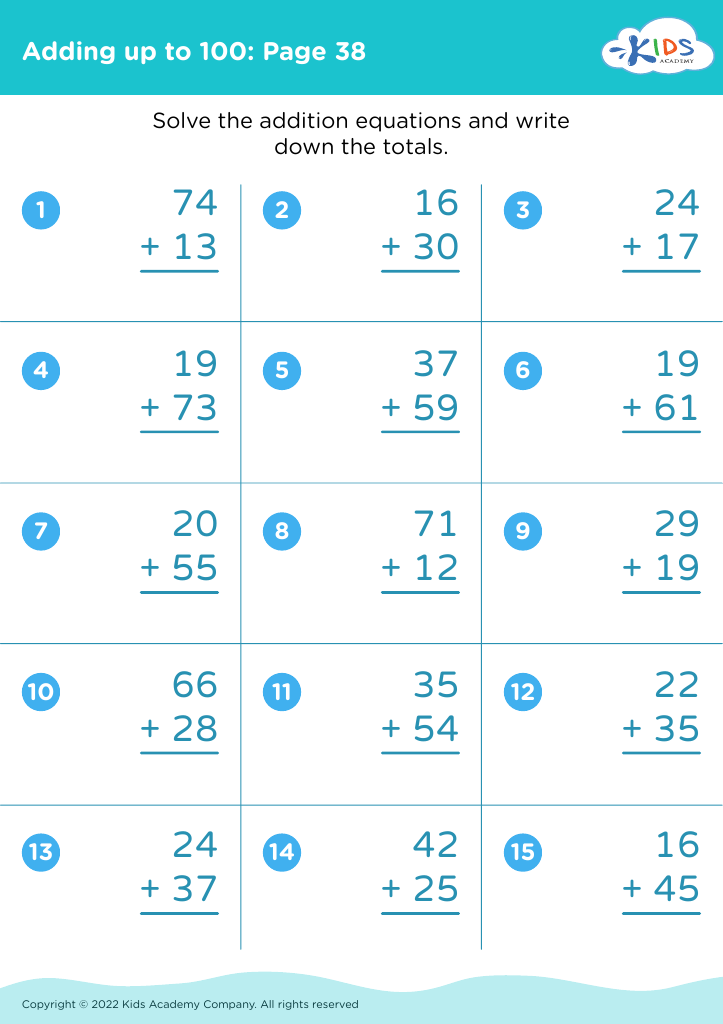
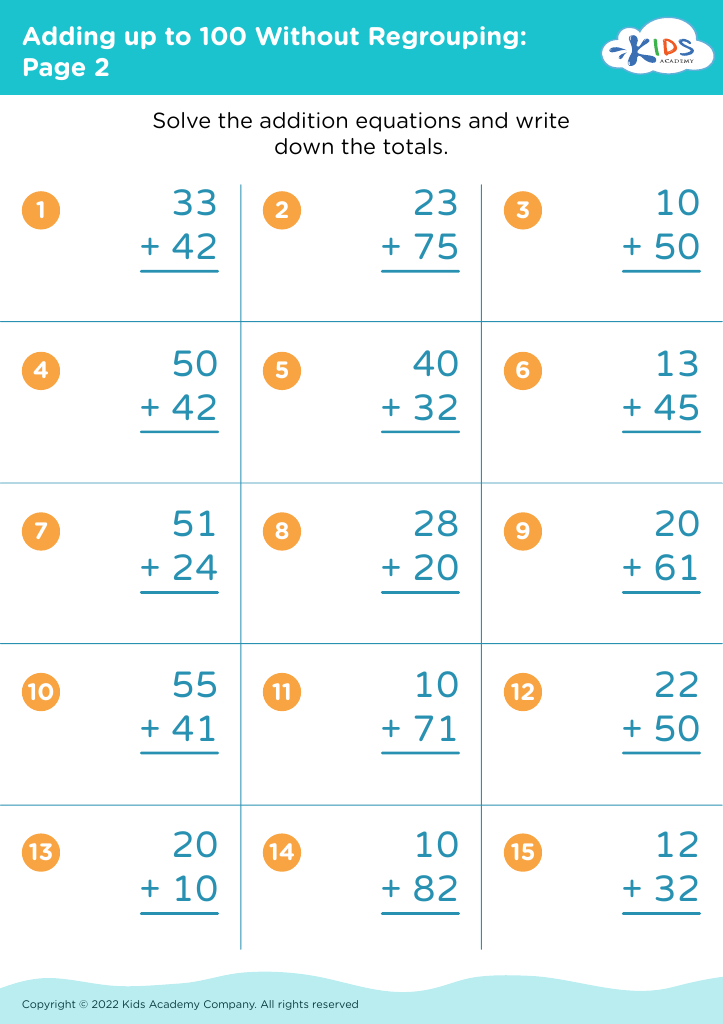
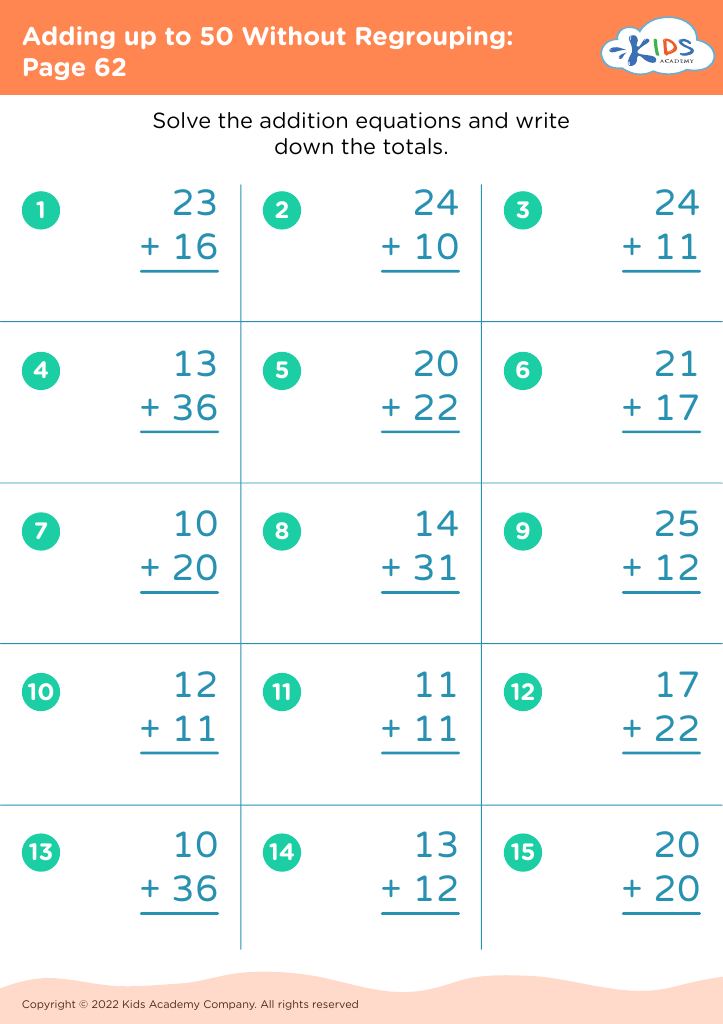




.jpg)
